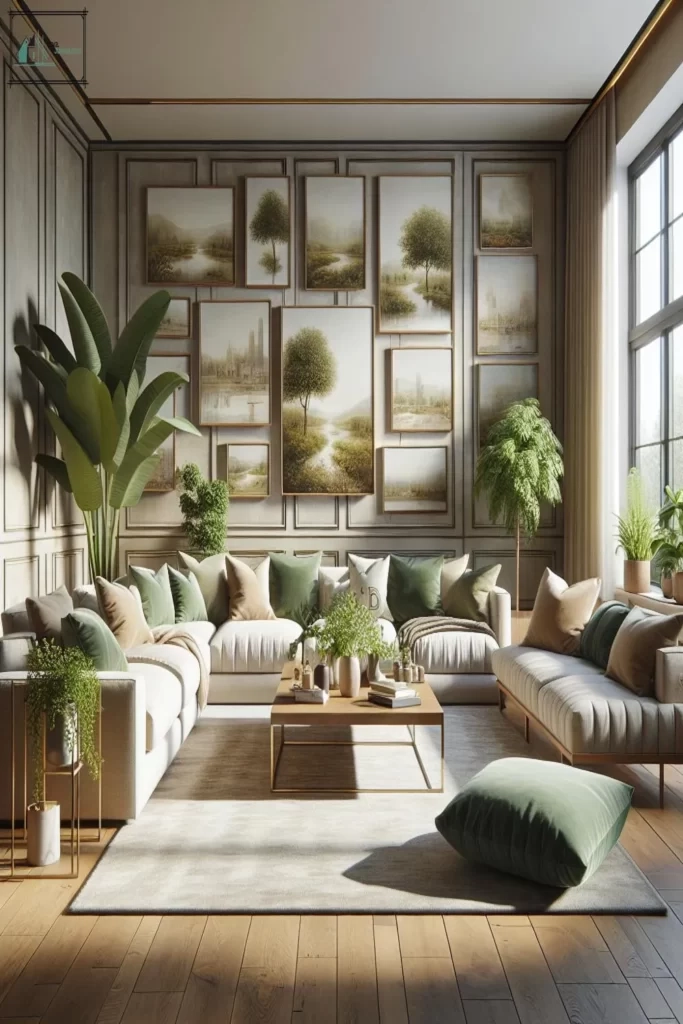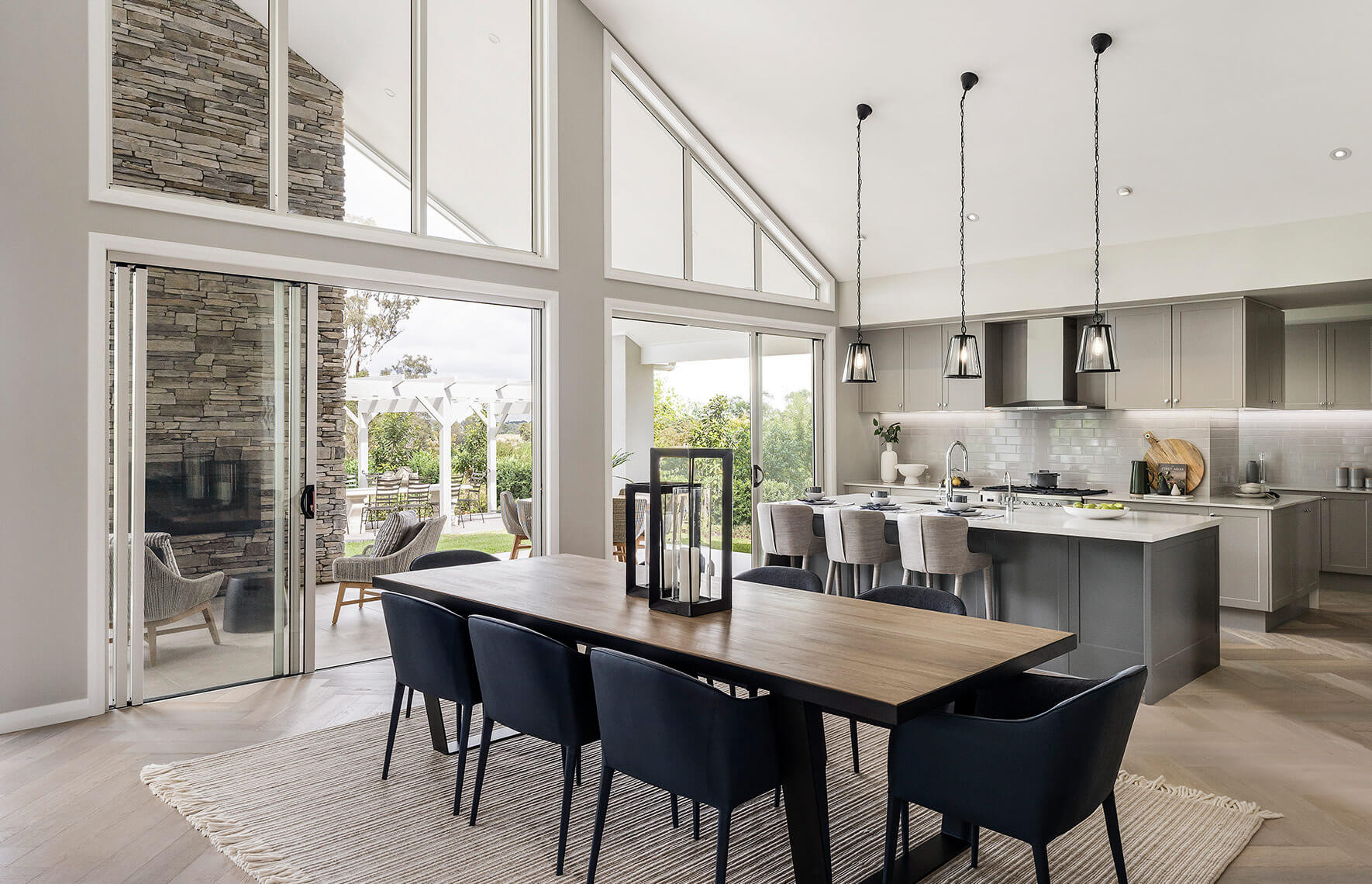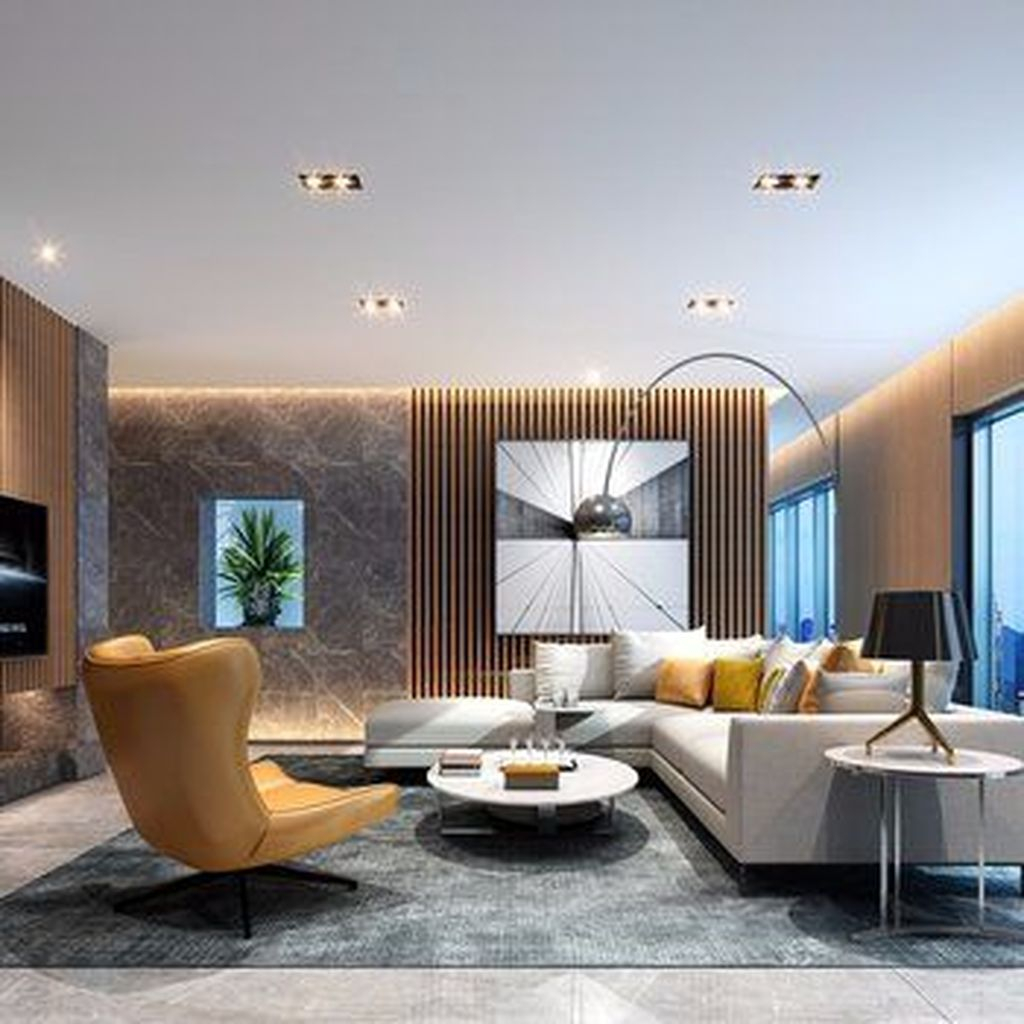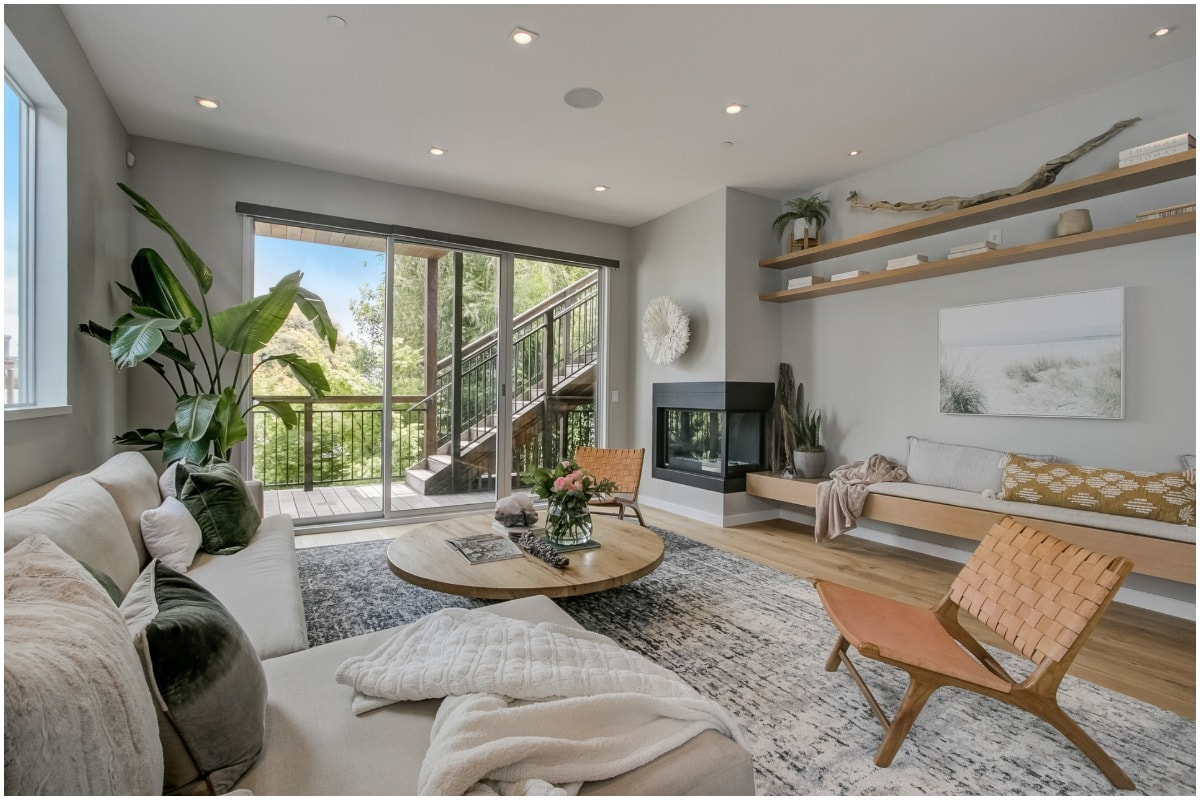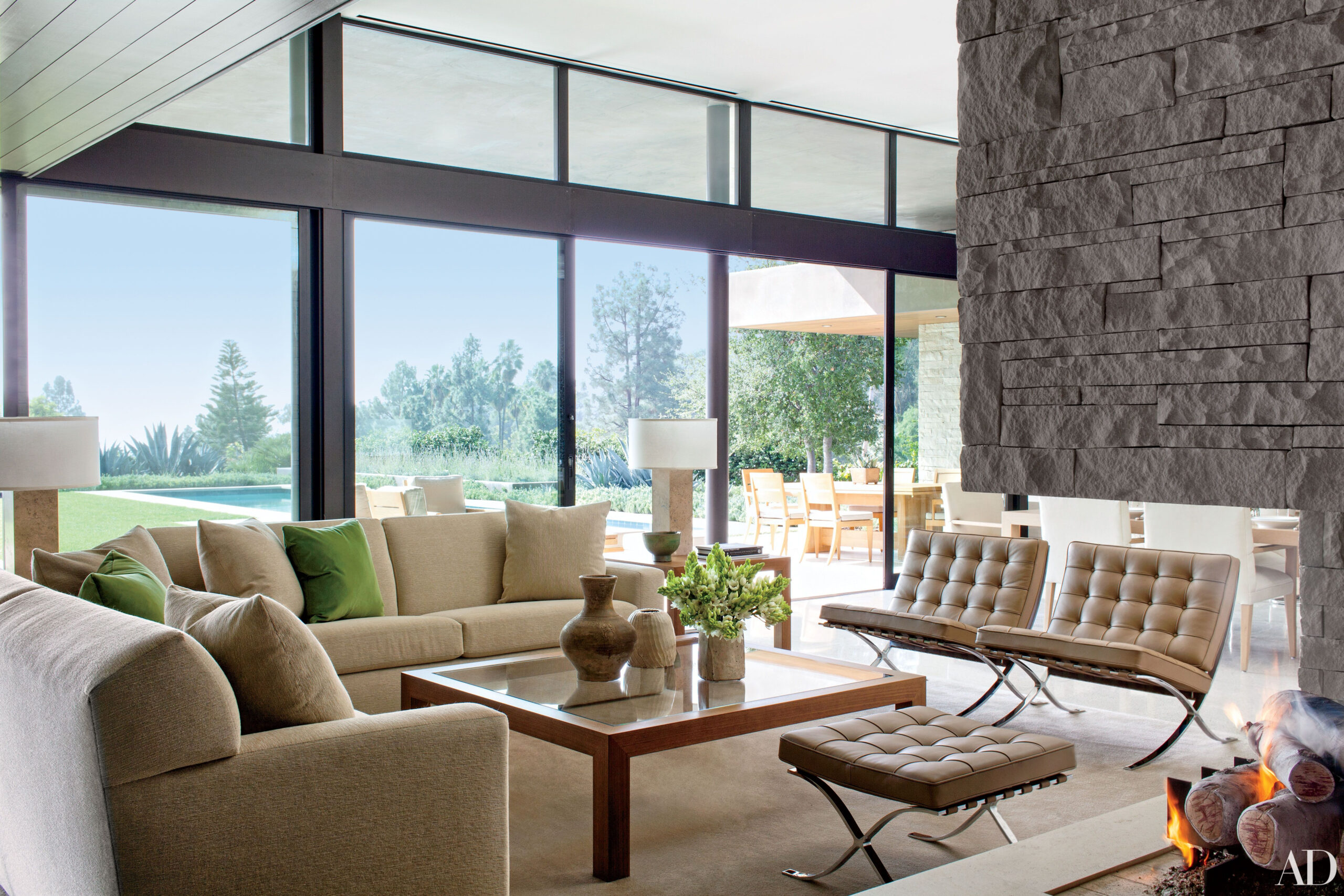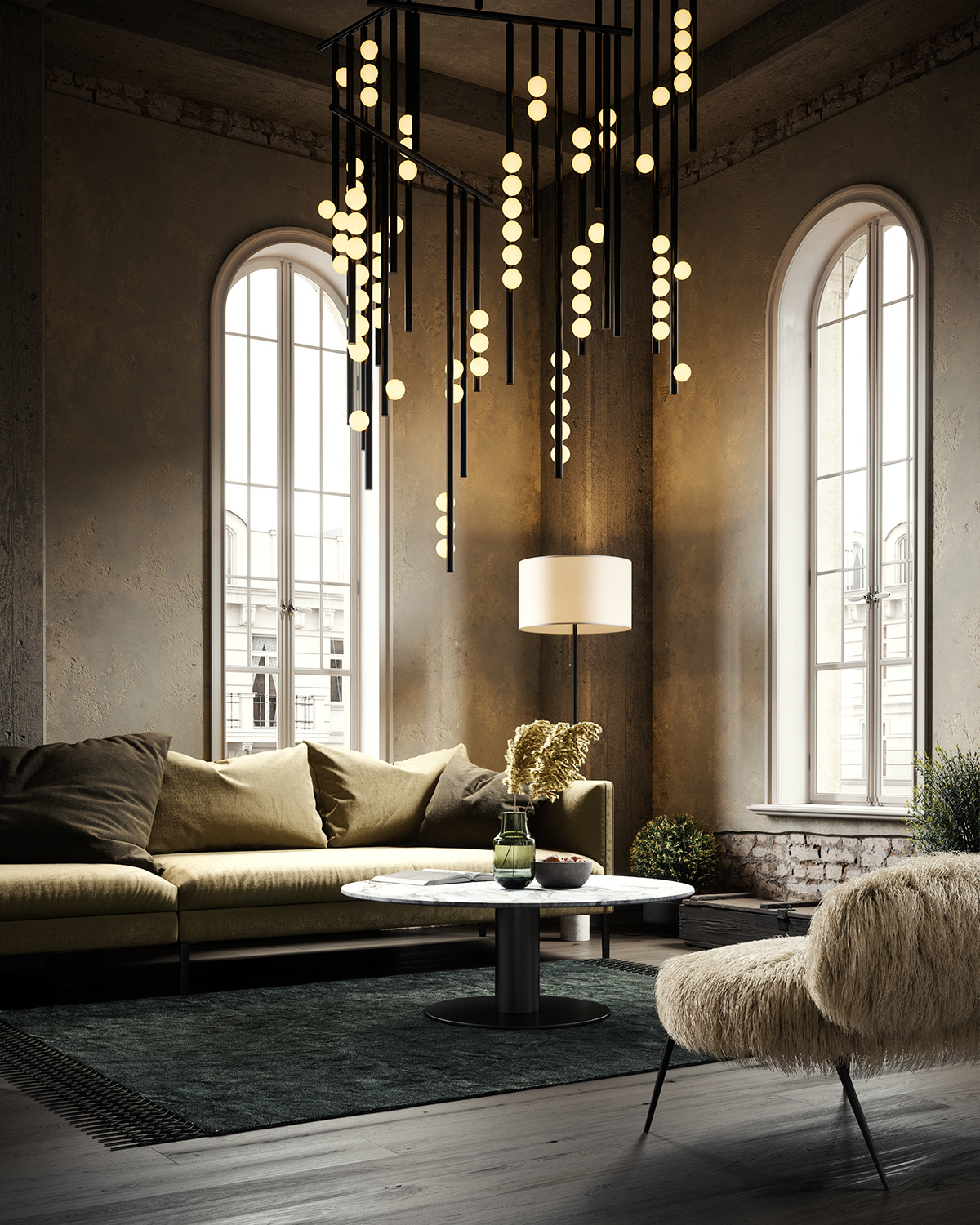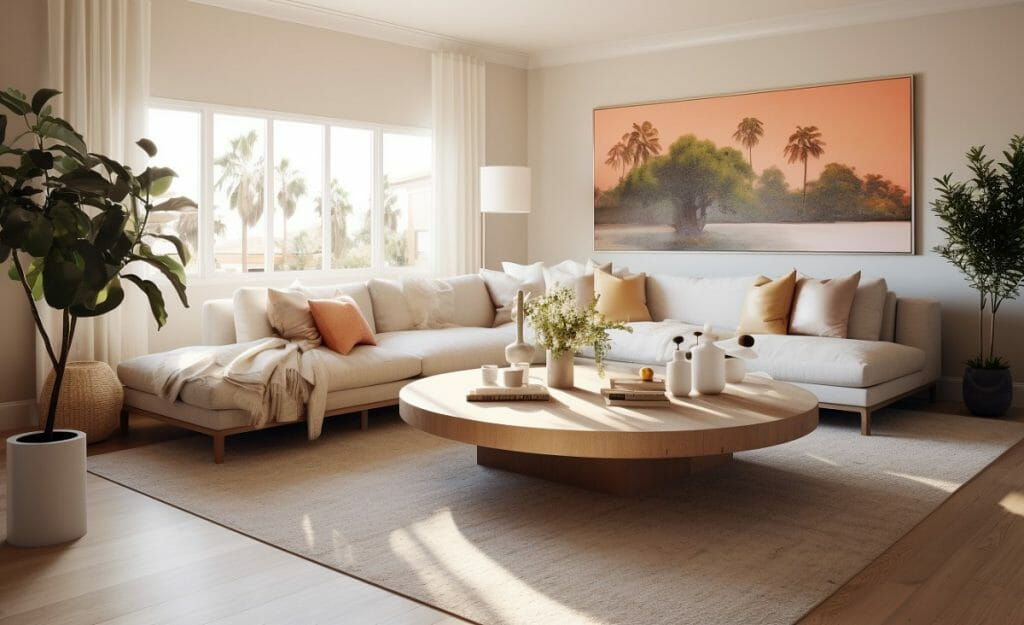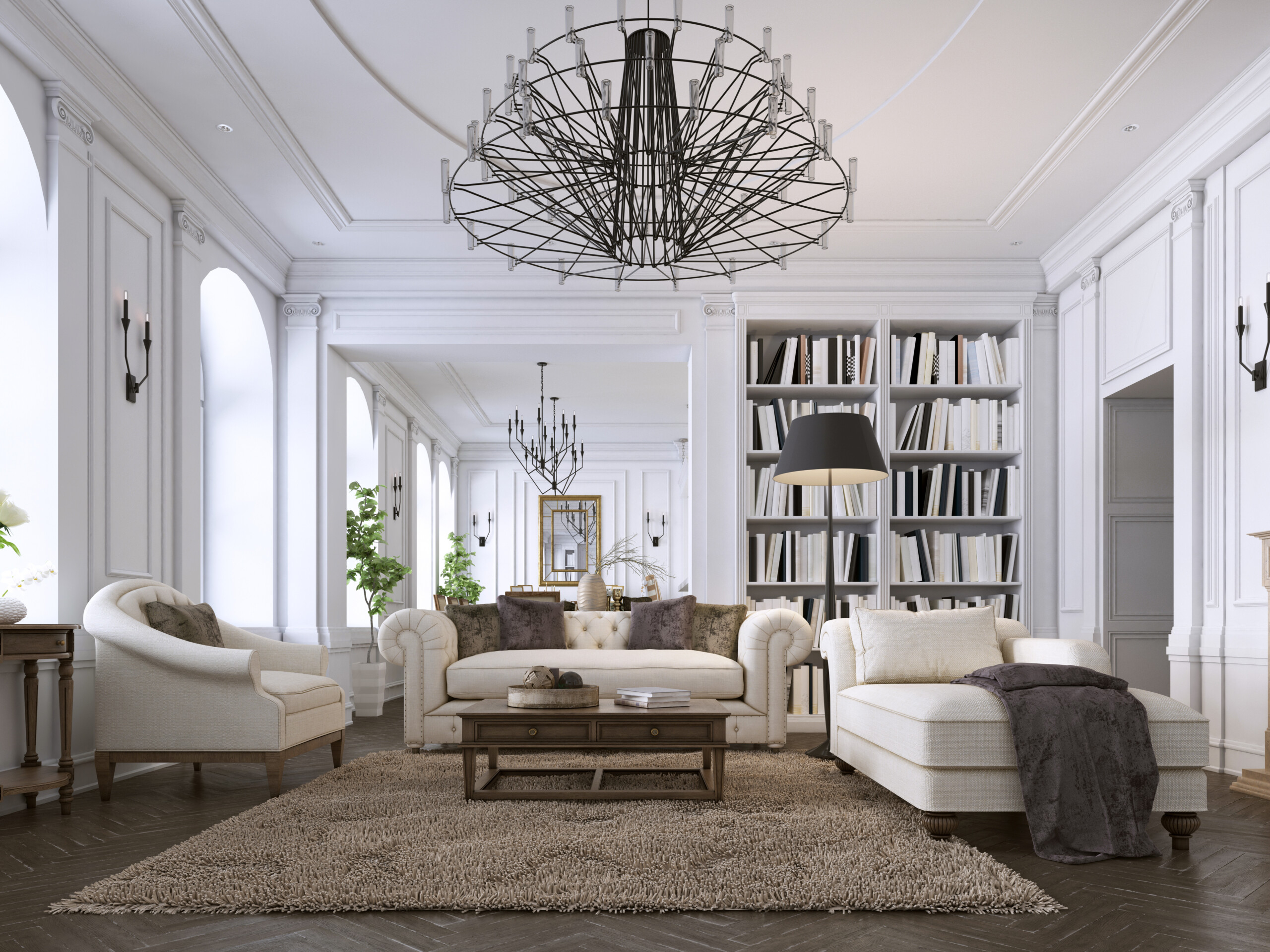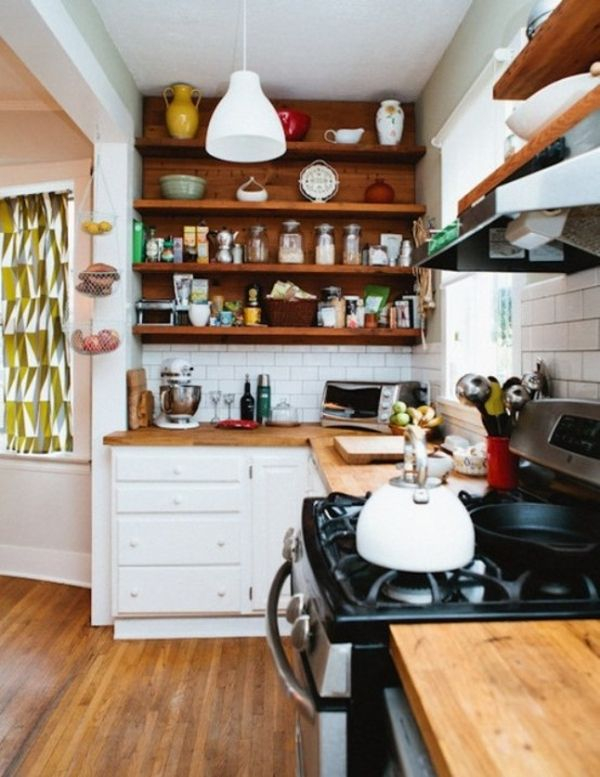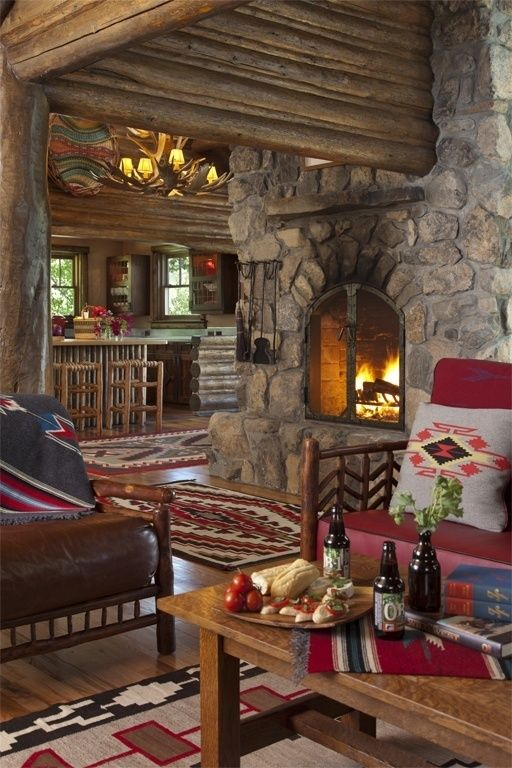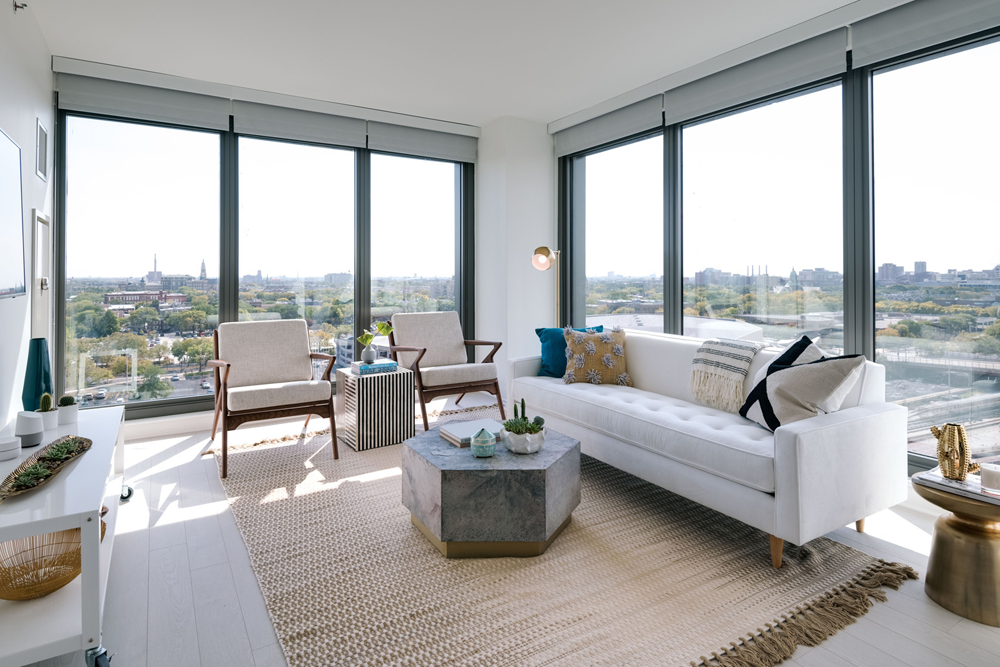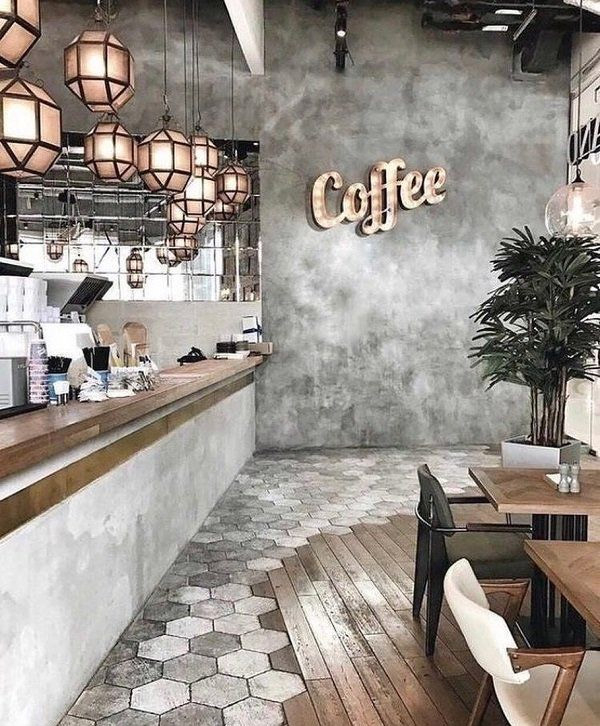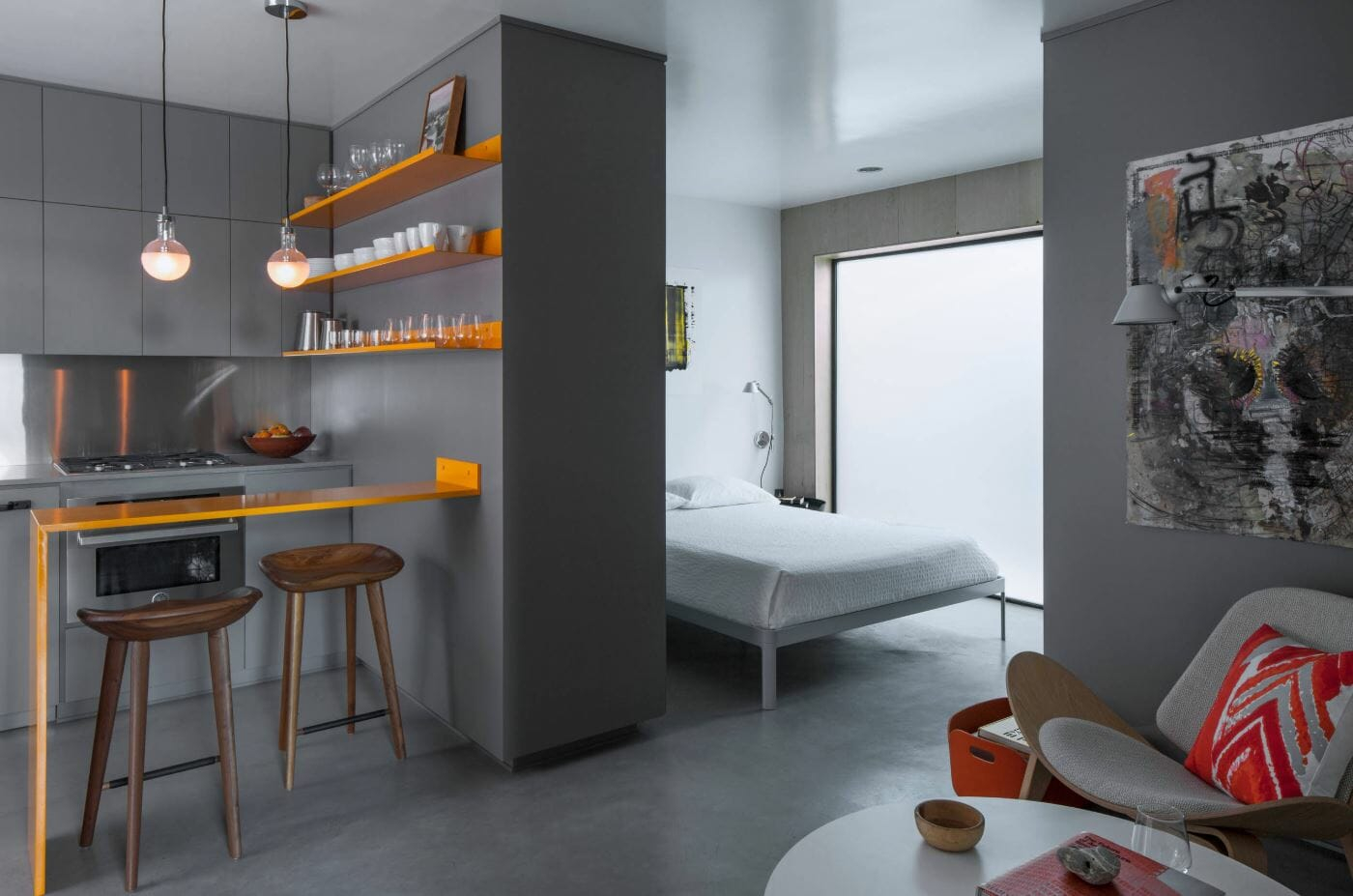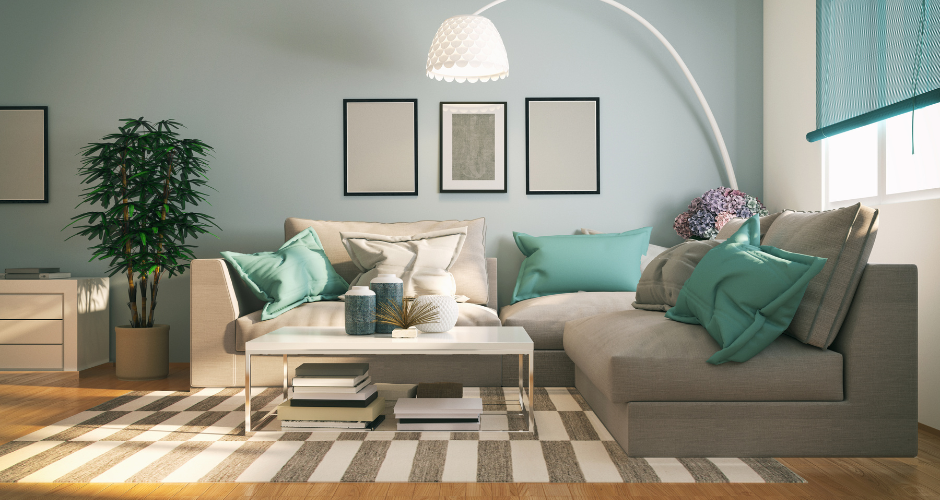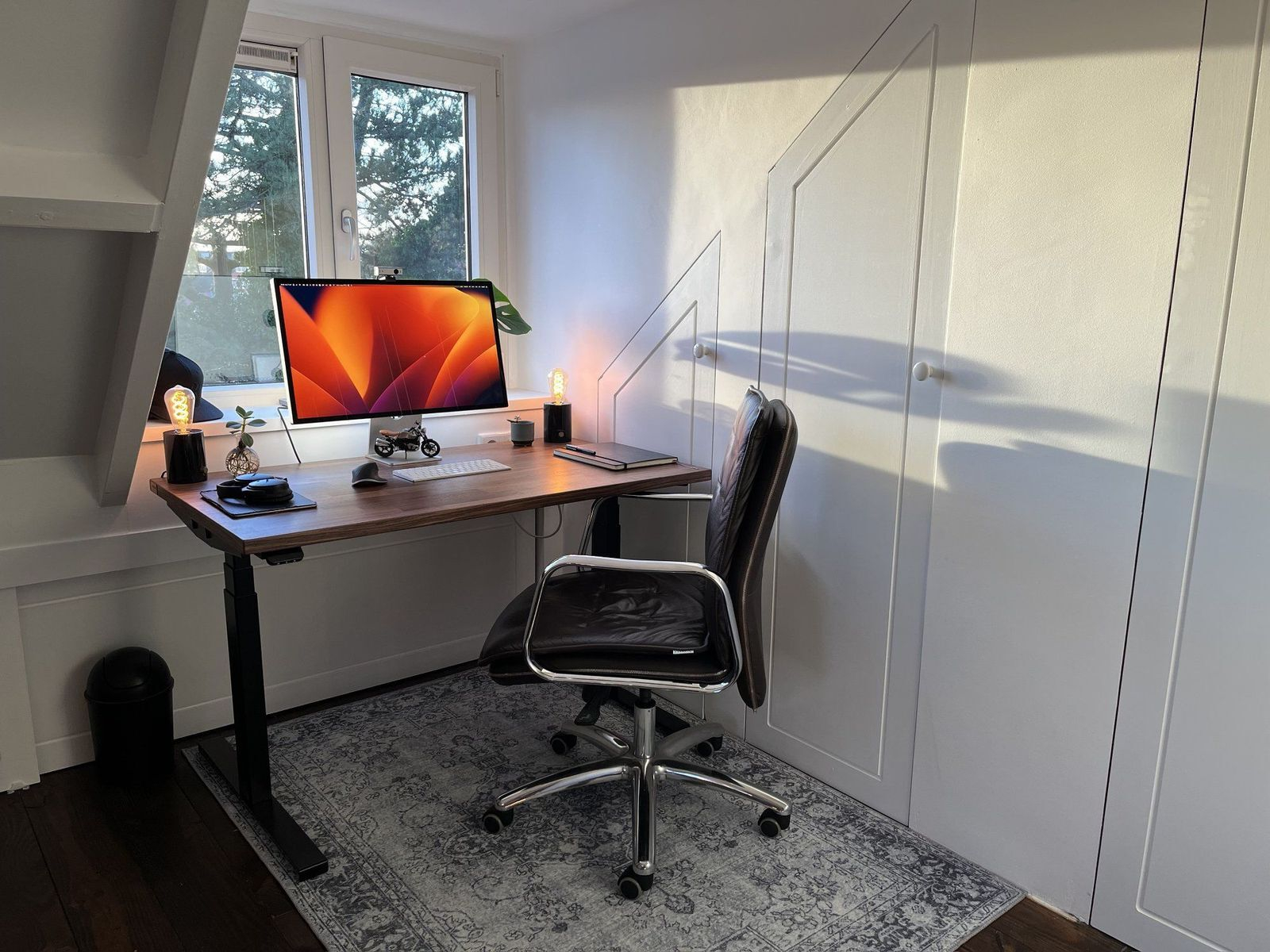Ever walked into a room and felt an instant sense of calm, joy, or sheer awe? That’s the magic of good interior design at play. It’s not just about making a space look pretty; it’s about crafting an environment that supports how you live, feel, and interact. From the colors on the walls to the arrangement of furniture, every element contributes to the overall atmosphere. But where do you find that spark, that inspiration to make your own home feel truly special? Let’s dive in and explore how to turn even the most uninspired corners into fabulous retreats.
We all have those moments. You’re staring at your living room, and it just feels… blah. Maybe the colors are dated, the layout is awkward, or it simply doesn’t reflect your personality. It’s a common predicament, really. The good news is, transforming a space from drab to fab is entirely achievable, and the journey often starts with a flicker of inspiration. But what exactly fuels that creative fire? It’s a blend of understanding what resonates with you and knowing where to look for ideas. Think of it as collecting puzzle pieces until the picture becomes clear. Ready to start collecting?
Understanding Your Personal Style
Before you start tearing down walls or buying gallons of paint, the most crucial step is to figure out what you actually like. What colors make you feel happy? What textures feel comforting? Do you gravitate towards clean, minimalist lines, or do you prefer the cozy embrace of traditional decor? Think about places you’ve visited, hotels you’ve admired, or even scenes from movies that struck a chord.
- Create a Mood Board: This is a classic for a reason. Gather images from magazines, Pinterest, Instagram, or even fabric swatches. Don’t overthink it; just collect what catches your eye. You’ll start to see patterns emerge – a preference for certain color palettes, furniture styles, or materials.
- Consider Your Lifestyle: Are you a homebody who loves hosting dinner parties, or do you need a functional space for kids to play? Your design choices should support how you use the room. A minimalist aesthetic might be stunning, but if it’s not practical for your family, it won’t work in the long run.
- Don’t Chase Trends Blindly: Trends can be fun and offer great starting points, but your home should ultimately feel like you. Focus on creating a timeless foundation that you can update with accessories as styles evolve.
Drawing Inspiration from the World Around You
Inspiration isn’t confined to interior design magazines. It’s everywhere. The natural world, for instance, is a boundless source of color, texture, and form. The soft blues and grays of a misty morning, the rich greens of a forest canopy, the warm terracotta hues of a desert sunset – these can all translate beautifully into your home.
Think about art, fashion, and even food. The intricate patterns on a Persian rug, the silhouette of a chic dress, the vibrant colors of a well-plated meal – these can all spark ideas for patterns, color combinations, and material choices. Even a simple walk in a park can offer a new perspective on how colors and textures work together. Don’t be afraid to look outside the typical design box. A beautifully crafted piece of pottery, a vintage book cover, or even the architecture of an old building can be the starting point for a whole room’s design.
The Power of Color and Light
Color and light are arguably the most potent tools in a designer’s arsenal. They have a profound impact on mood and perception. A well-chosen color palette can make a small room feel larger and airier, or it can create a sense of intimacy and warmth in a vast space.
- Understanding Color Theory: Even a basic grasp of the color wheel can help. Complementary colors (opposite each other on the wheel, like blue and orange) create high contrast and energy, while analogous colors (next to each other, like blue and green) offer a more harmonious and calming feel. Consider the psychological effects of colors too – blues and greens are often associated with tranquility, while reds and yellows can evoke excitement.
- Maximizing Natural Light: Position furniture to take advantage of windows. Use sheer curtains or blinds that can be easily adjusted to control light. Mirrors are also fantastic for bouncing light around a room, making it feel brighter and more spacious.
- Layering Artificial Light: Don’t rely on a single overhead light. Incorporate ambient lighting (general illumination), task lighting (for specific activities like reading), and accent lighting (to highlight features). This creates depth and a more inviting atmosphere, especially in the evenings.
Furniture: Form Meets Function
Furniture is the backbone of any room. It’s not just about picking pieces that look good; it’s about choosing items that serve a purpose and fit the scale of your space. The arrangement of your furniture can dramatically affect how a room flows and feels.
- Scale and Proportion: A massive sectional sofa can overwhelm a tiny living room, just as a delicate armchair can look lost in a cavernous space. Measure your room and the furniture you’re considering. Ensure there’s enough space to move around comfortably.
- Layout Matters: Don’t just push all your furniture against the walls. Create conversation areas by arranging seating around a focal point, like a fireplace or a coffee table. Consider traffic flow – how will people move through the room?
- Mix and Match: You don’t need to buy a matching furniture set. Mixing styles and eras can add personality and interest. A modern sofa can look fantastic paired with a vintage side table, for example. Just ensure there’s a common thread, like a shared color or material, to tie everything together.
The Details That Make the Difference
Once the big pieces are in place, it’s the smaller elements that truly bring a room to life and elevate it from ordinary to extraordinary. These are the finishing touches, the personality sprinkles.
- Textiles: Rugs, curtains, throw pillows, and blankets add warmth, texture, and color. A plush rug can define a seating area and add a cozy feel underfoot. Layering different textures – think a chunky knit throw over a smooth linen sofa – adds visual and tactile interest.
- Art and Decor: This is where your personality truly shines. Choose artwork that speaks to you. Display personal photos, collections, or decorative objects that have meaning. Don’t be afraid to mix different types of decor, from framed prints to sculptures.
- Plants: Greenery brings life into a space. Plants can purify the air, add a pop of color, and soften the lines of furniture. Even a small succulent on a shelf can make a difference.
- Personal Touches: What makes a house a home? It’s the personal items. Display books you love, souvenirs from travels, or handmade crafts. These elements tell your story and make your space uniquely yours.
Bringing It All Together: A Practical Approach
So, how do you actually put all this inspiration into action without getting overwhelmed? Start small and build from there.
- Focus on One Room at a Time: Trying to redecorate your entire house at once can be daunting. Pick one space that bothers you the most and tackle that first. Success in one area can provide the motivation you need for the next.
- Set a Budget: Knowing how much you can spend will help you prioritize. You might need to save up for a key piece of furniture, but you can often update a room significantly with more affordable accessories like paint and new cushion covers.
- Don’t Be Afraid to Experiment: Interior design is a process. It’s okay if the first attempt isn’t perfect. Live with your choices for a while. If something isn’t working, don’t be afraid to tweak it or try something new. That’s how you learn and refine your own unique style.
Transforming your home from drab to fab is a journey fueled by inspiration and a willingness to experiment. It’s about creating a space that not only looks beautiful but also feels deeply comfortable and authentic to you. By understanding your personal style, drawing inspiration from diverse sources, and paying attention to the interplay of color, light, furniture, and those all-important details, you can craft a home that truly nurtures and delights. Remember, the most inspiring spaces are those that tell a story – your story. So go forth, gather your ideas, and start creating a home that you absolutely adore.

